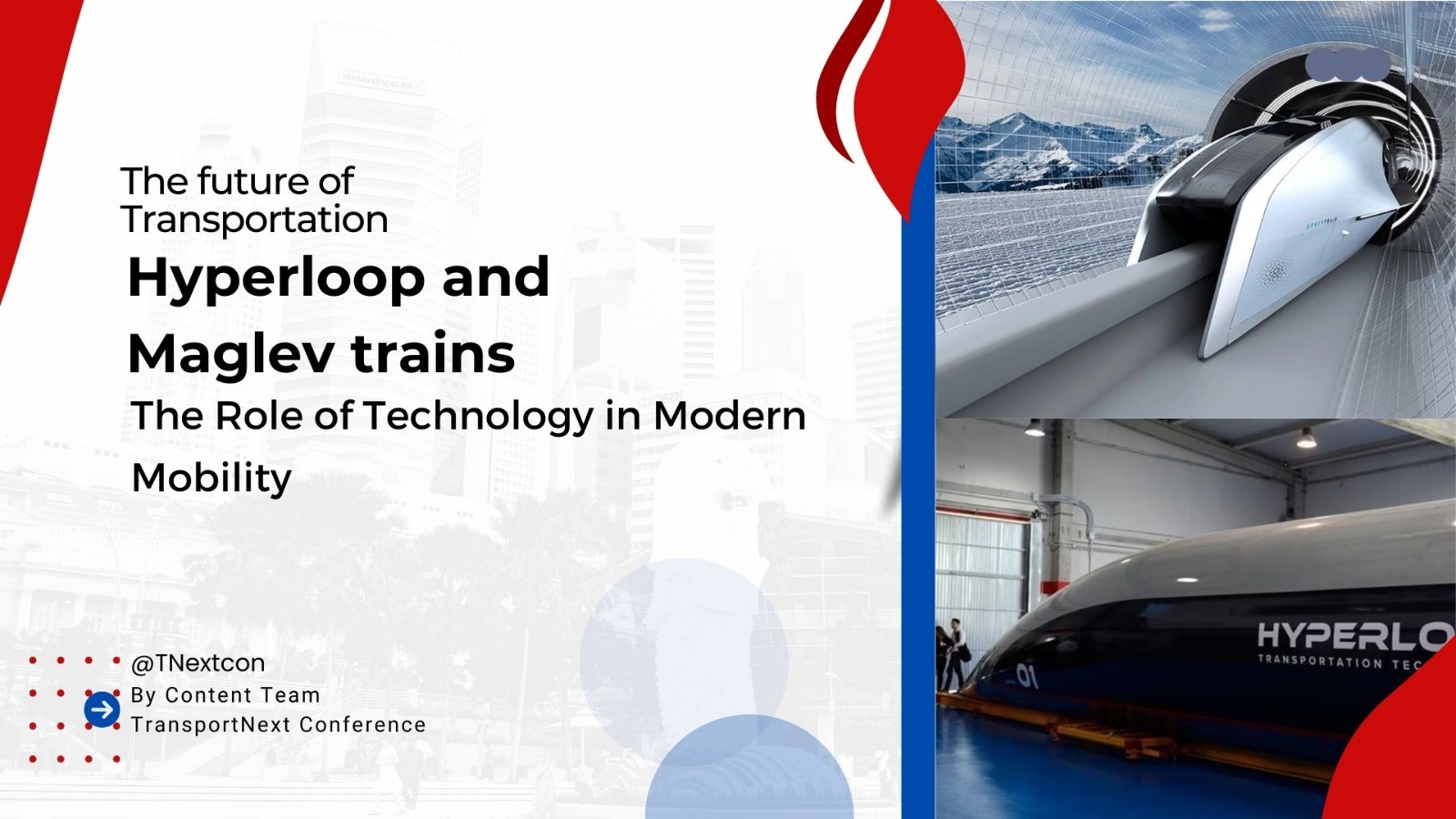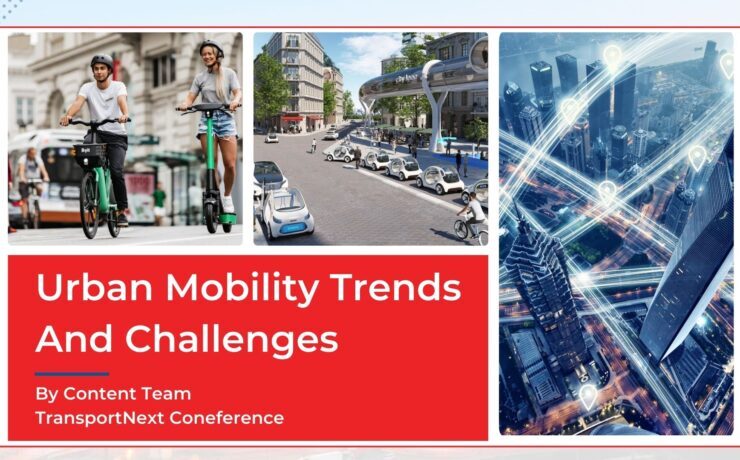The Future of Transportation: Hyperloop and Maglev Trains

In an era where speed, efficiency, and sustainability are paramount concerns, transportation
technologies continue to evolve at a rapid pace. Among the most promising innovations are Hyperloop
and Maglev trains, two groundbreaking technologies poised to revolutionize the way we travel. Let’s
delve into the world of Hyperloop and Maglev trains, exploring their principles, advantages, and the
potential they hold for shaping the future of transportation.
Hyperloop: Redefining Speed and Efficiency
Conceived by Elon Musk in 2013, Hyperloop represents a radical departure from traditional modes of
transportation. At its core, the Hyperloop concept involves propelling passenger pods through a network
of low-pressure tubes at near-supersonic speeds. This futuristic transportation system relies on a
combination of magnetic levitation (Maglev) and vacuum technology to minimize friction and resistance,
allowing for unprecedented speeds and efficiency.
One of the most compelling aspects of the Hyperloop is its potential to drastically reduce travel times
between major cities. With theoretical speeds exceeding 700 miles per hour, a journey that might take
hours by car or train could be completed in a fraction of the time. For example, a trip from Los Angeles to
San Francisco, which typically takes around six hours by car, could be completed in just 30 minutes via
Hyperloop.
Moreover, Hyperloop holds the promise of enhanced sustainability, boasting significantly lower energy
consumption compared to conventional modes of transportation. By harnessing renewable energy
sources and incorporating regenerative braking systems, Hyperloop systems aim to minimize their
environmental footprint while providing ultra-fast, intercity connectivity.
Maglev Trains: Riding the Magnetic Wave
While Hyperloop represents a vision of the future, Maglev (magnetic levitation) trains have already
begun to transform rail transportation in certain parts of the world. Maglev technology relies on
powerful magnets to lift and propel trains above their tracks, eliminating the need for wheels and
reducing friction to a minimum.
The key advantage of Maglev trains lies in their remarkable speed and smoothness of travel. With trains
levitating above the tracks, there is virtually no friction, allowing Maglev trains to reach speeds
exceeding 300 miles per hour. This makes Maglev an ideal solution for high-speed rail corridors, where
rapid transit between densely populated urban centers is essential.
Additionally, Maglev trains offer enhanced comfort and safety compared to conventional rail systems.
Without the jostling and vibrations associated with traditional trains, passengers can enjoy a smoother
ride and arrive at their destinations feeling more refreshed. Furthermore, the absence of moving parts
reduces maintenance requirements and increases the longevity of Maglev infrastructure, contributing to
lower operating costs over time.
The Path Forward: Overcoming Challenges and Embracing Opportunities
While Hyperloop and Maglev technologies hold immense promise, they are not without challenges. The
development and implementation of these advanced transportation systems require substantial
investment, regulatory approval, and overcoming technical hurdles. Additionally, concerns regarding
safety, cost-effectiveness, and public acceptance must be addressed to ensure widespread adoption.
However, despite these challenges, the potential benefits of Hyperloop and Maglev trains are too
significant to ignore. From reducing travel times and congestion to promoting sustainability and
economic growth, these technologies have the power to reshape the way we move people and goods on
a global scale.
As researchers, engineers, and policymakers continue to push the boundaries of transportation
innovation, Hyperloop and Maglev trains stand as beacons of progress in a world striving for faster,
greener, and more efficient mobility solutions. With continued investment, collaboration, and vision, the
future of transportation may soon be defined by the remarkable speed and efficiency of Hyperloop and
Maglev trains. The journey has only just begun, but the destination promises to be nothing short of
extraordinary.
[3:00 pm, 22/3/2024] Priyanshu Singh: TransportNext Awards & Conference | Singapore 2024
An annual premier worldwide event, the TransportNext Awards, Conference and Expo is organized by
Next Business Media in Singapore and the United States. The transport and logistics community
throughout the rest of the world is served by the Singapore edition.
By taking advantage of Singapore’s advantageous position, it offers a forum for global cooperation and
knowledge sharing.
TransportNext Singapore provides enlightening talks, engaging workshops, and a large expo. It also
highlights innovative solutions and promotes strategic alliances. The TransportNext Awards, which honor
achievement in the sector, are the focal point. This event guarantees an unmatched networking and
growth-promoting experience because of its global reach and dedication to industry improvement.





